Bow Drill Monthly: March, Birch and Spruce
Jamie Dakota
The third of a monthly series we are creating here at Howl: A Bow drill set from scratch in the wild. Crafting a set, and taking ember to flame with tinder available on the day.
This interesting and testing month myself and Max approached our bow drill over two days. The technique of lighting a fire by friction is an excellent practice in patience, problem solving, and ego management. During our first attempt right at the very start of March we selected some Birch to make the fire with, a species that does work well but only during a narrow timeframe as the wood quickly moves through being too green to rotten in the outdoors.
Today’s weather was perfect to be honest, dry and warm in the sun with a light breeze. There’d been a bit of rain recently but everything we found was nice and dry. We began collecting a tinder bundle as soon as we entered the forest as always, this time a collection of grasses and bracken from the path side.
We set about carving the set in a little grove by the stream in our woodland camp, with dappled sun everywhere. We were very short on time though, as we had other engagements after lunch so really had just an hour to do everything we needed. A timeframe I was confident we could perform within, having done so many times before, but it wasn’t to go so smoothly this time around.
Given the rush, we each carved different elements of the set. Max set about splitting the hearth and I made the spindle, bow, and bearing block. We’d selected a piece of wood for the drill from a different fallen tree to that of the hearth, a risk as the different pieces would be in different stages of decomposition.
Burning in the set initially though we got good smoke, although it took a little more effort than I’d like. We knew we’d be working together so we pressed on and cut the notch, believing our badass bow drill skills would win out in the end…
The notch is cut by taking a section akin to a slice of cake from the side of the notch, of about an 8th of a circle going into the burn deeply but short of the centre.
We then set about generating the ember.
But try as we might we couldn’t get the ember on the first run. The hearth as is turned out was just a touch too soft and so was running through without generating enough friction with the drill. We were essentially drilling a hole through the hearth faster than the ember could heat up to ignition.
So we tried again, this time bowing slower without as much downward pressure in the hope that the hearth would abrade at a slower rate and allow the heat to build up, but this couldn’t be done. The marriage between the drill and the hearth was right, the drill was hard enough that it didn’t abrade really at all so all the dust was being generated purely by the hearth.
This I see have seen coming given how the material carved, and how they struggled together when I initially burnt them in. But a lesson is listen to the wood and not my ego, we needed a new hearth ideally, if not a new set completely. But alas, our tunnel vision in trying to get the ember with this hearth meant we’d burnt up all our time and we needed to make a quick getaway.
So we picked up our March challenge a couple of weeks later, on the last weekend before total Corona lockdown here in the UK, during our WildFire day course.
As we worked with our clients to coach them through to their own first bow drill fires, or develop their existing skills, we also in demonstrating various aspects of the skillset creating our own fires from sets carved that day.
In this way we used dead standing Spruce wood to craft our sets. Myself and Max made our own individual sets, with the spruce being cut from the straight sections between the branch nodes it’s very easy to carving into shape. The only consideration with spruce really is to make sure it’s not too hard for you, and therefore polishes instead of rubs/ burns. But these example was perfect, and we quickly made our embers.
I used a brace to get my ember, as I was highlighting to our clients how there are several ways to modify the technique given different circumstances. By lashing a heavy limb to a tree you can use its weight, and the leverage you get to generate a huge amount of downward pressure, so if you’re struggling to turn that brown powder to black ember dust because you can’t get enough friction this method maybe a way forward for you.
Max used the classic technique to demonstrate, getting an ember on the first run.
Thanks for reading! The next instalment will be from Howl HQ course in April… happy isolation!
If you’d like to learn this technique yourself, check out our wildfire course below.
PS: that first attempt earlier in the month, no a total loss. Aside from eating some humble pie, we did generate a ton of ember dust just no ember. So I took the opportunity to show Max that you can drop a fire-steel spark onto failed ember dust to ignite it, and thus still practice blowing the ember to flame.
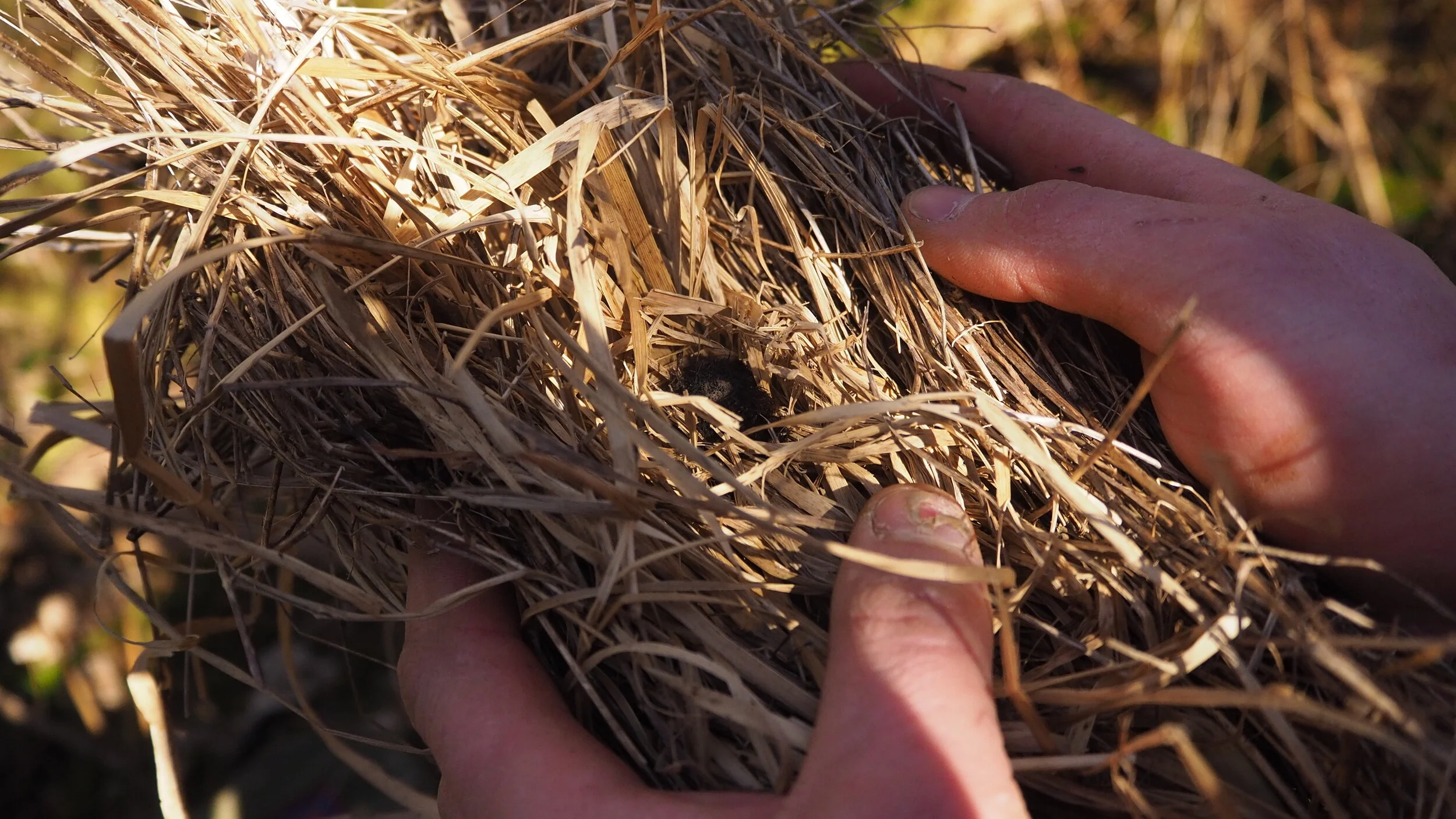
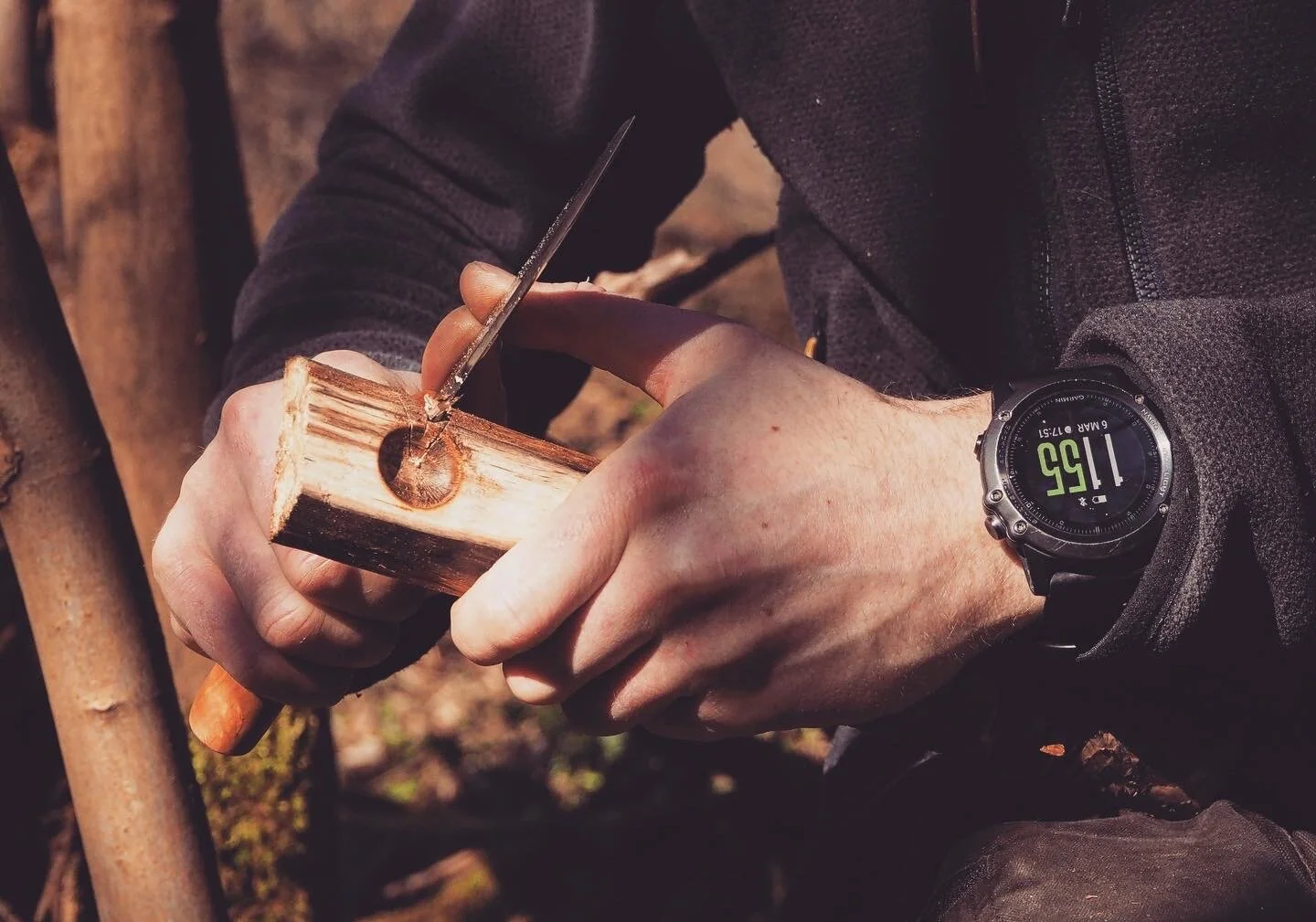
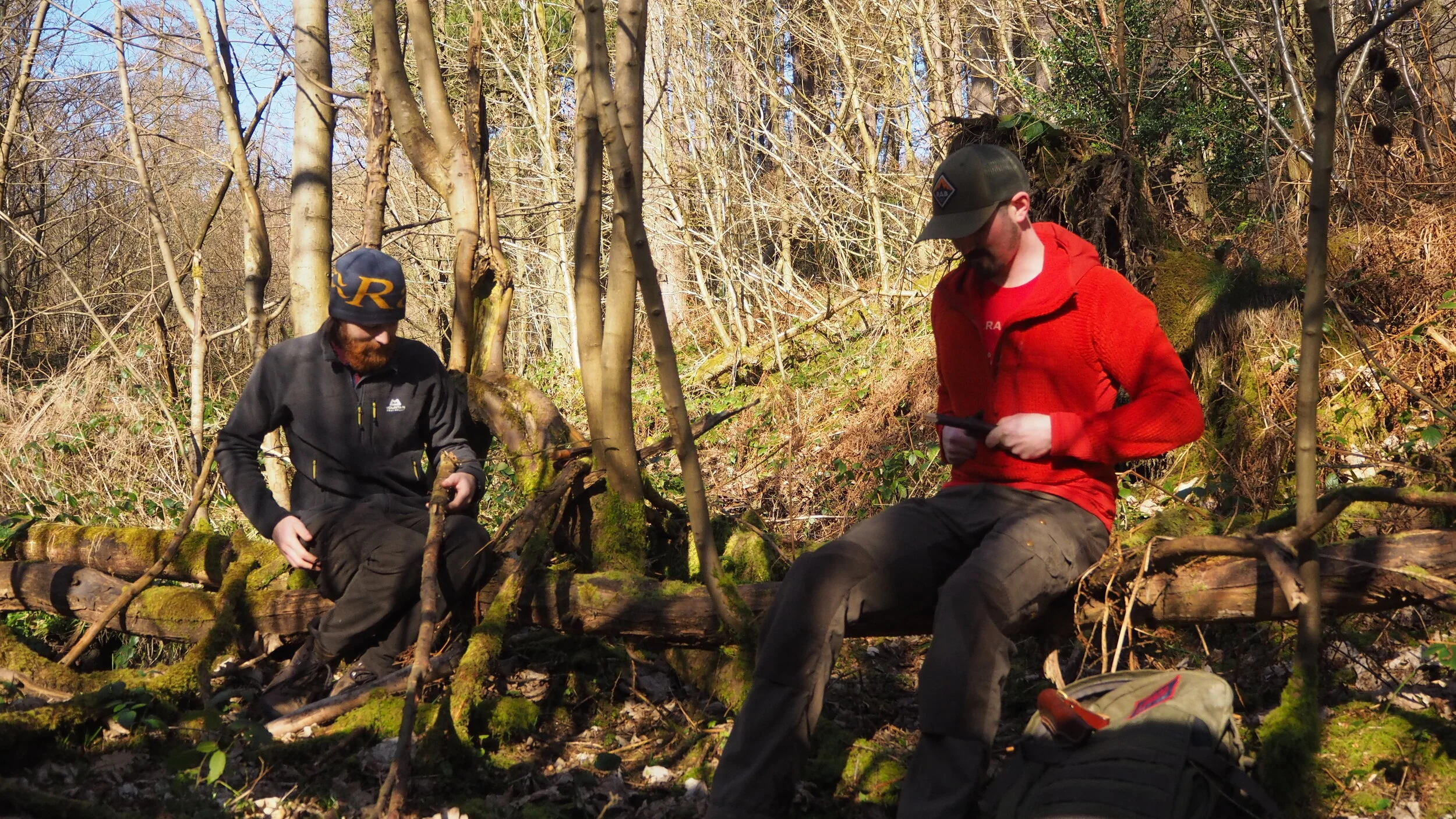
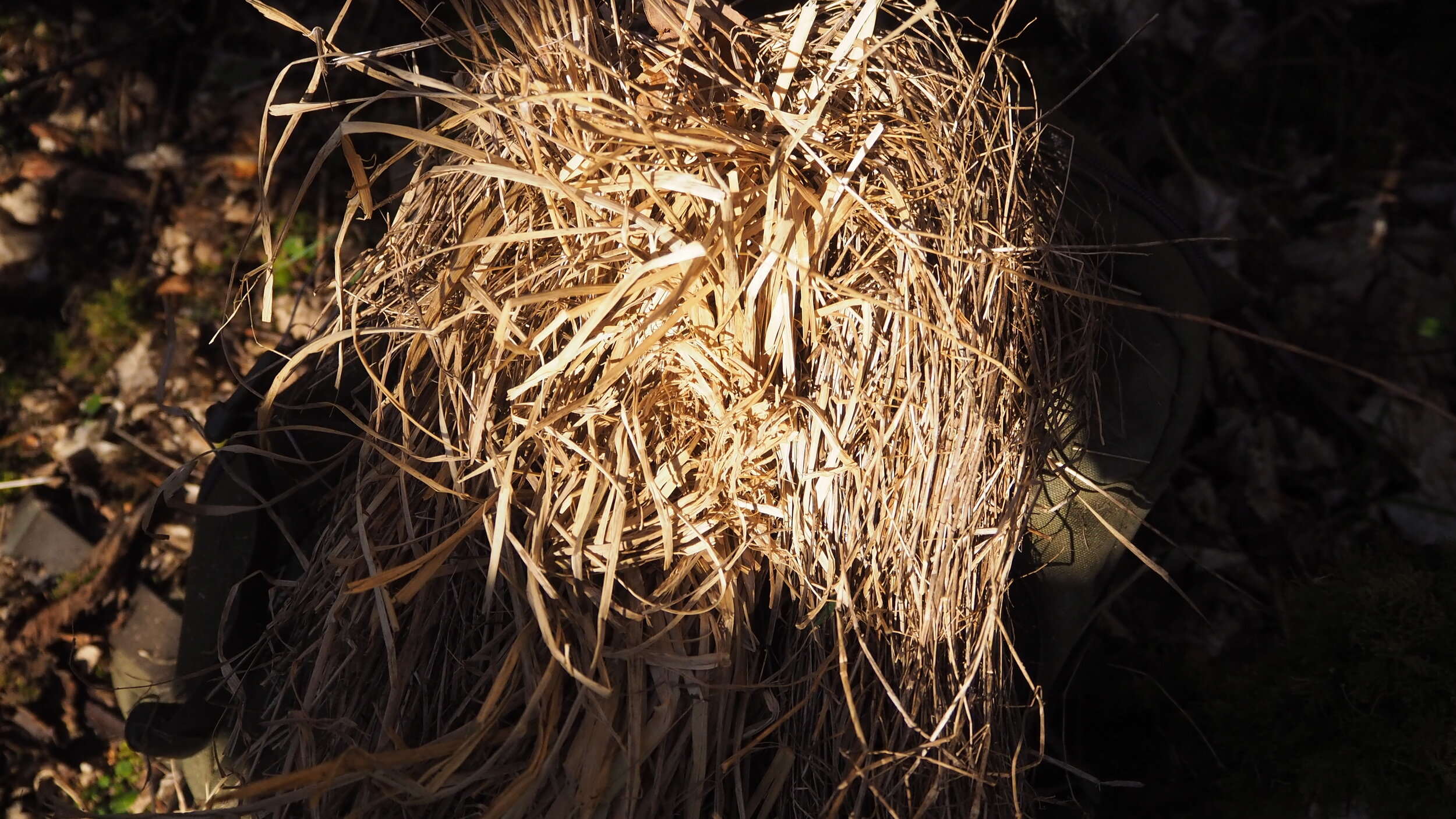

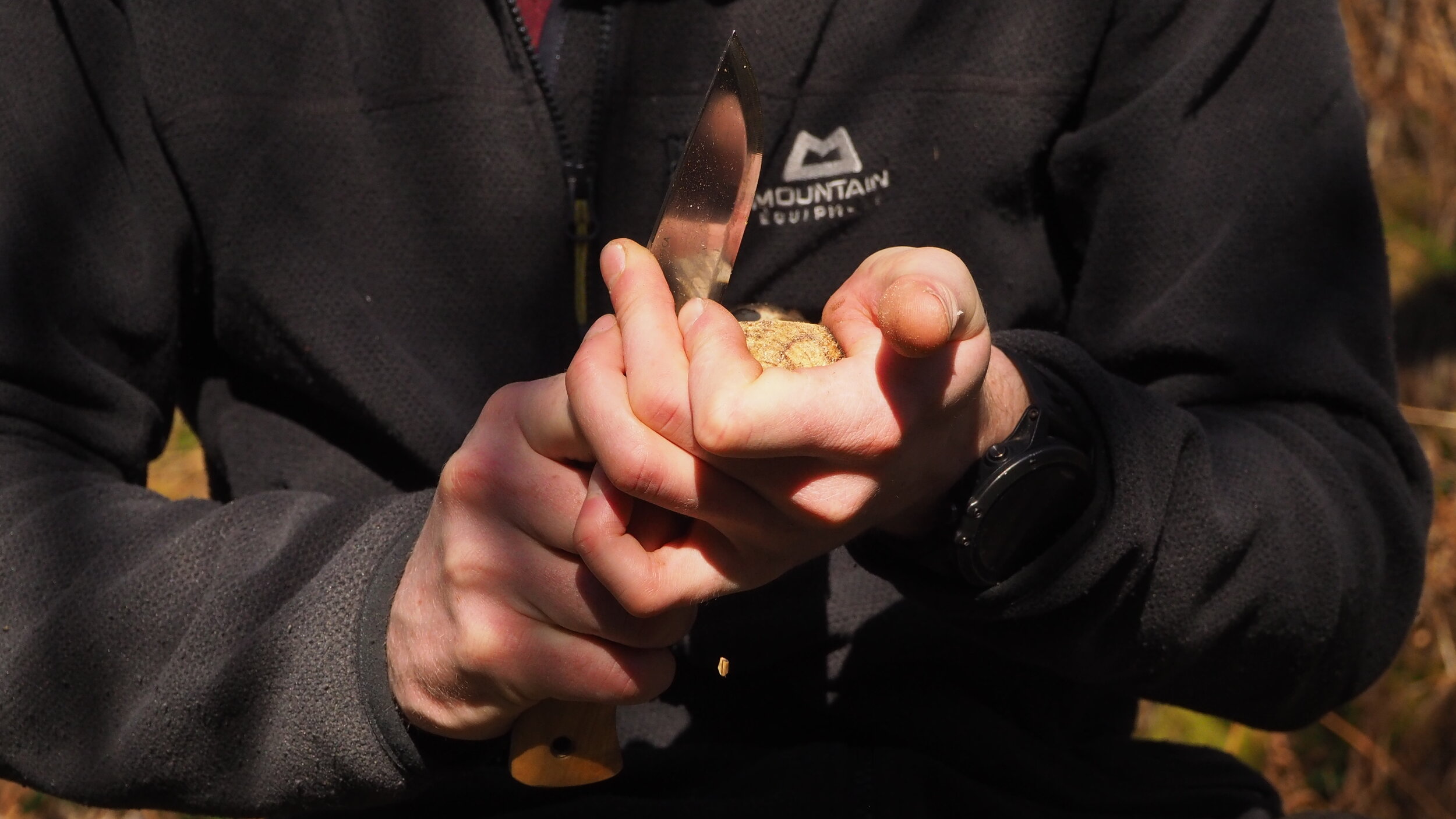
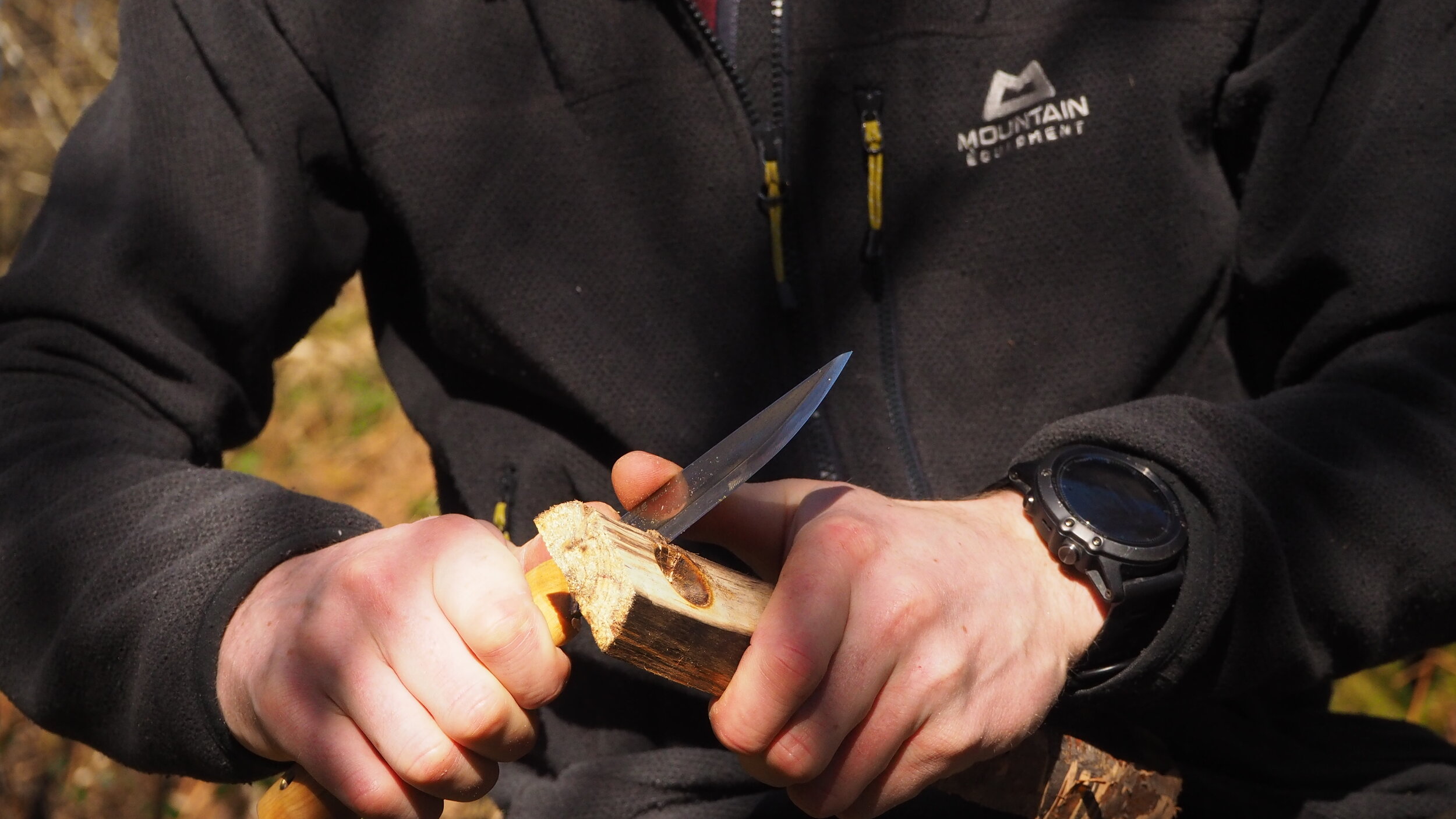
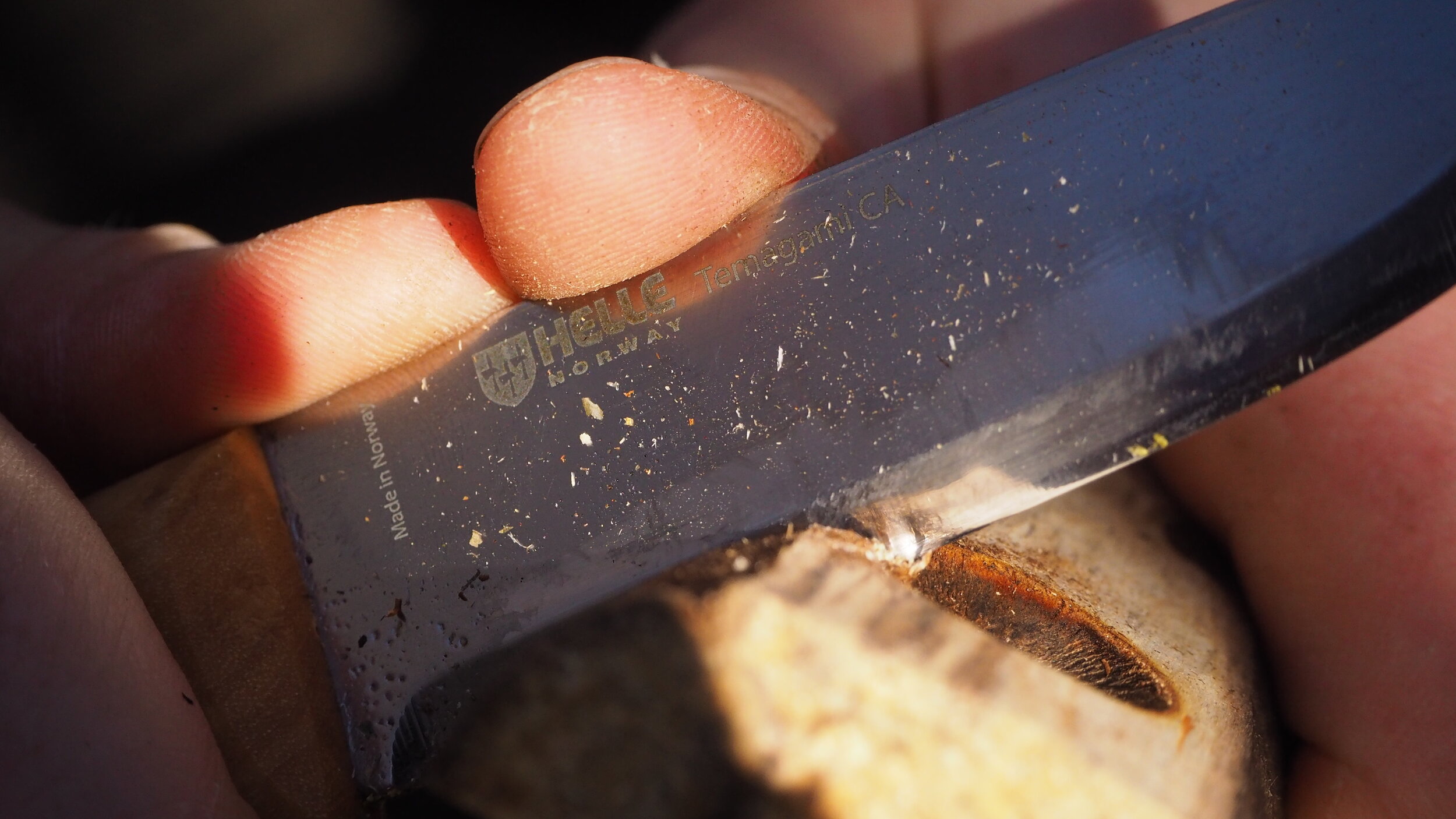
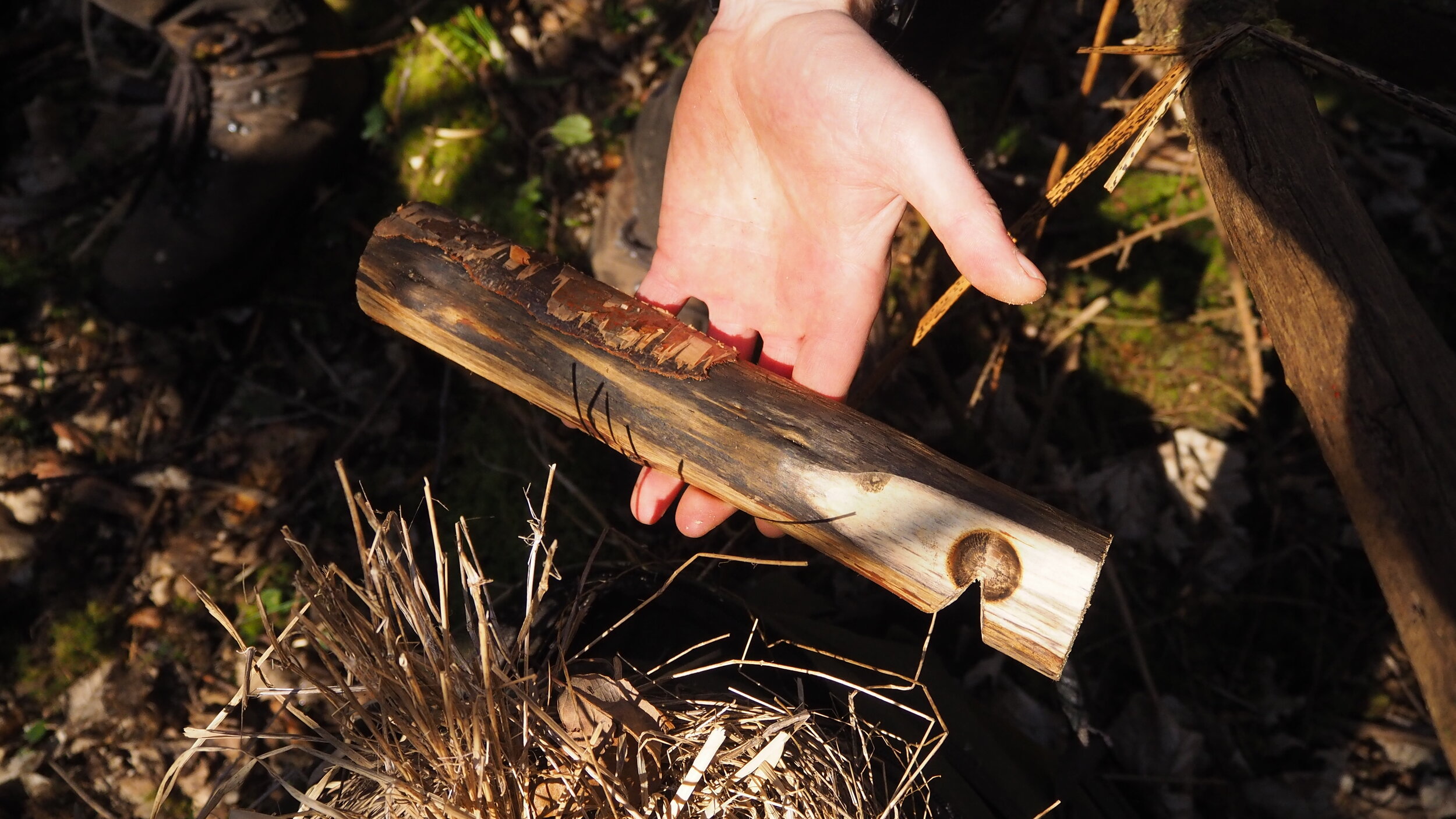
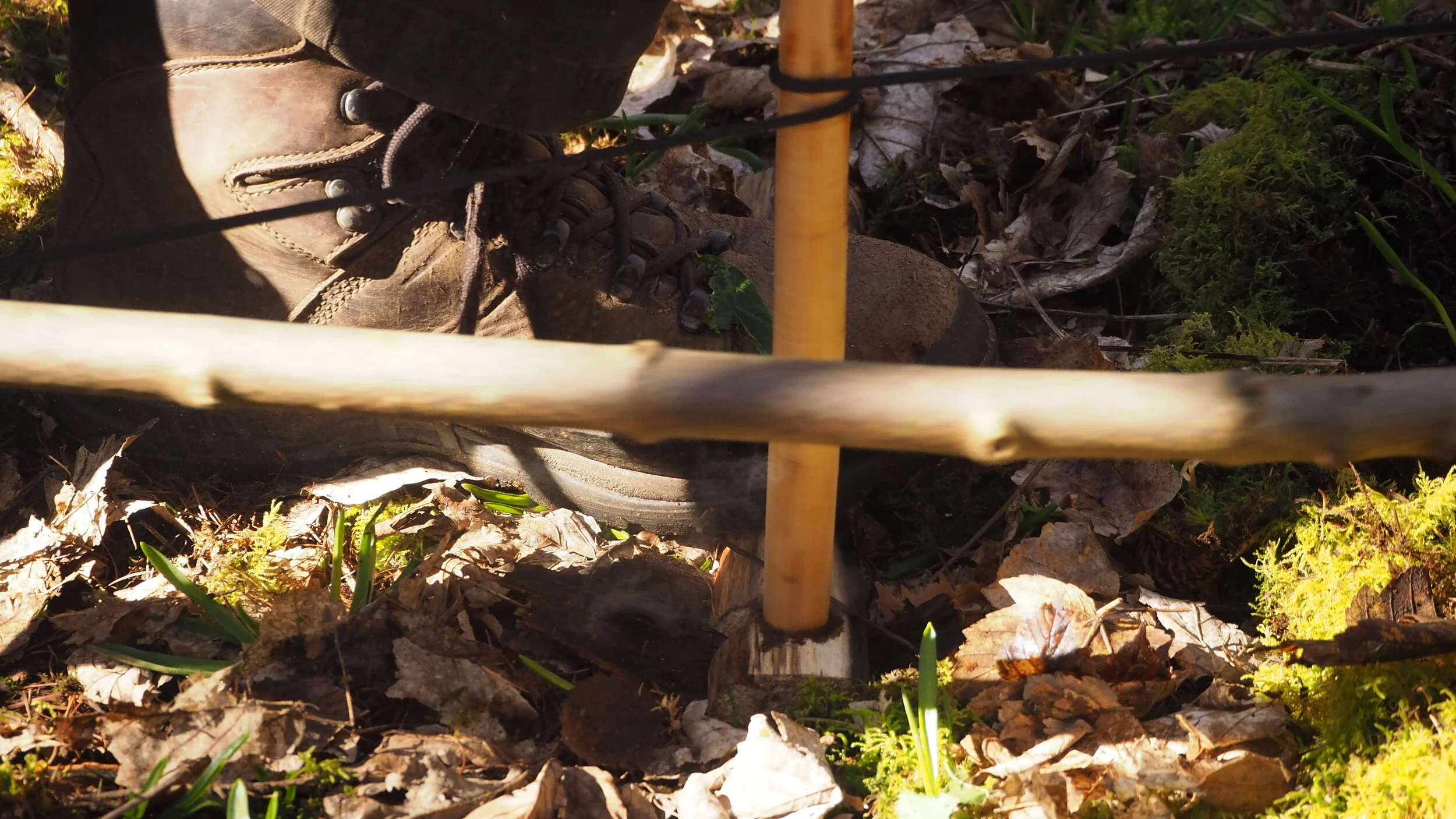
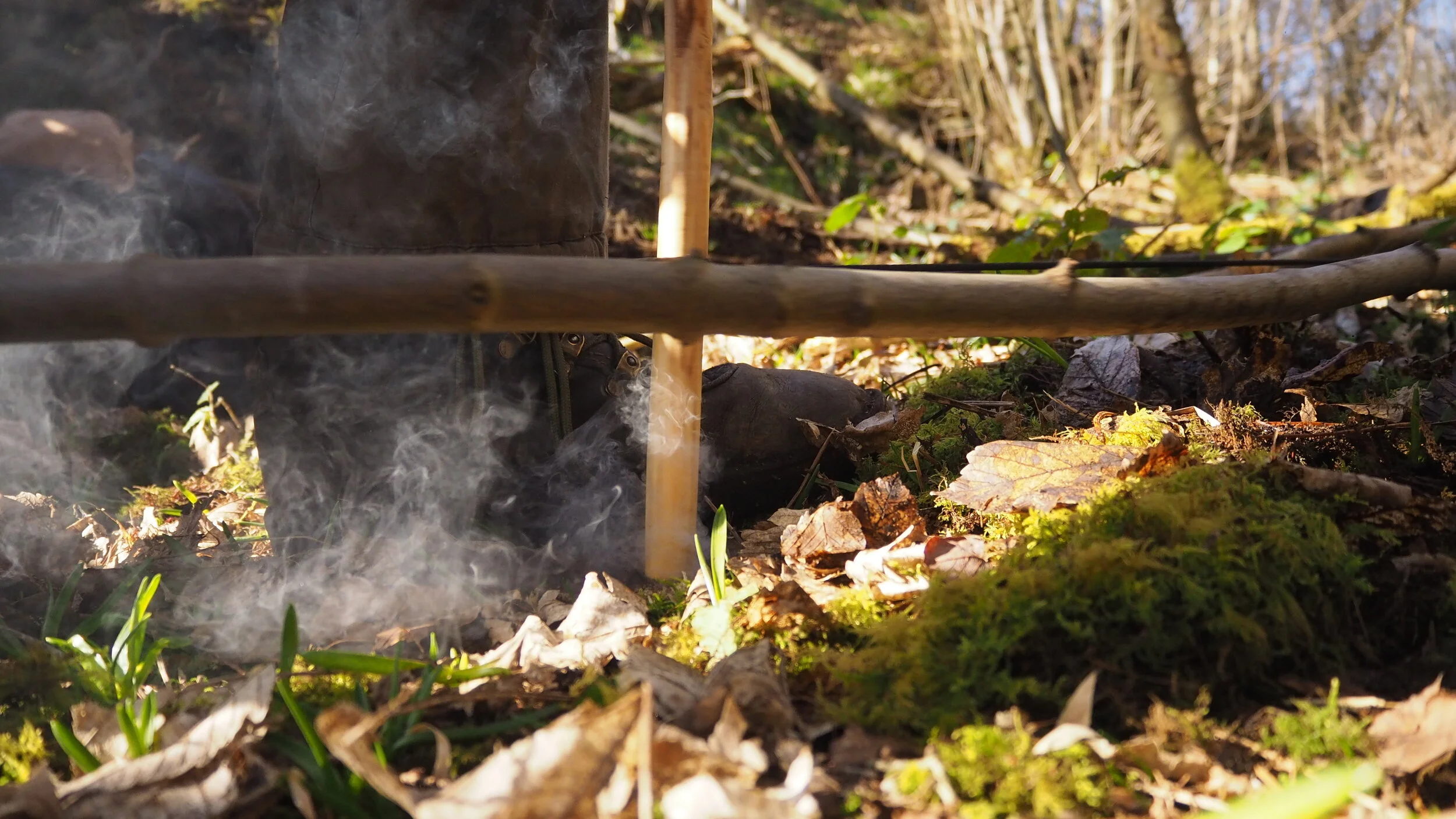
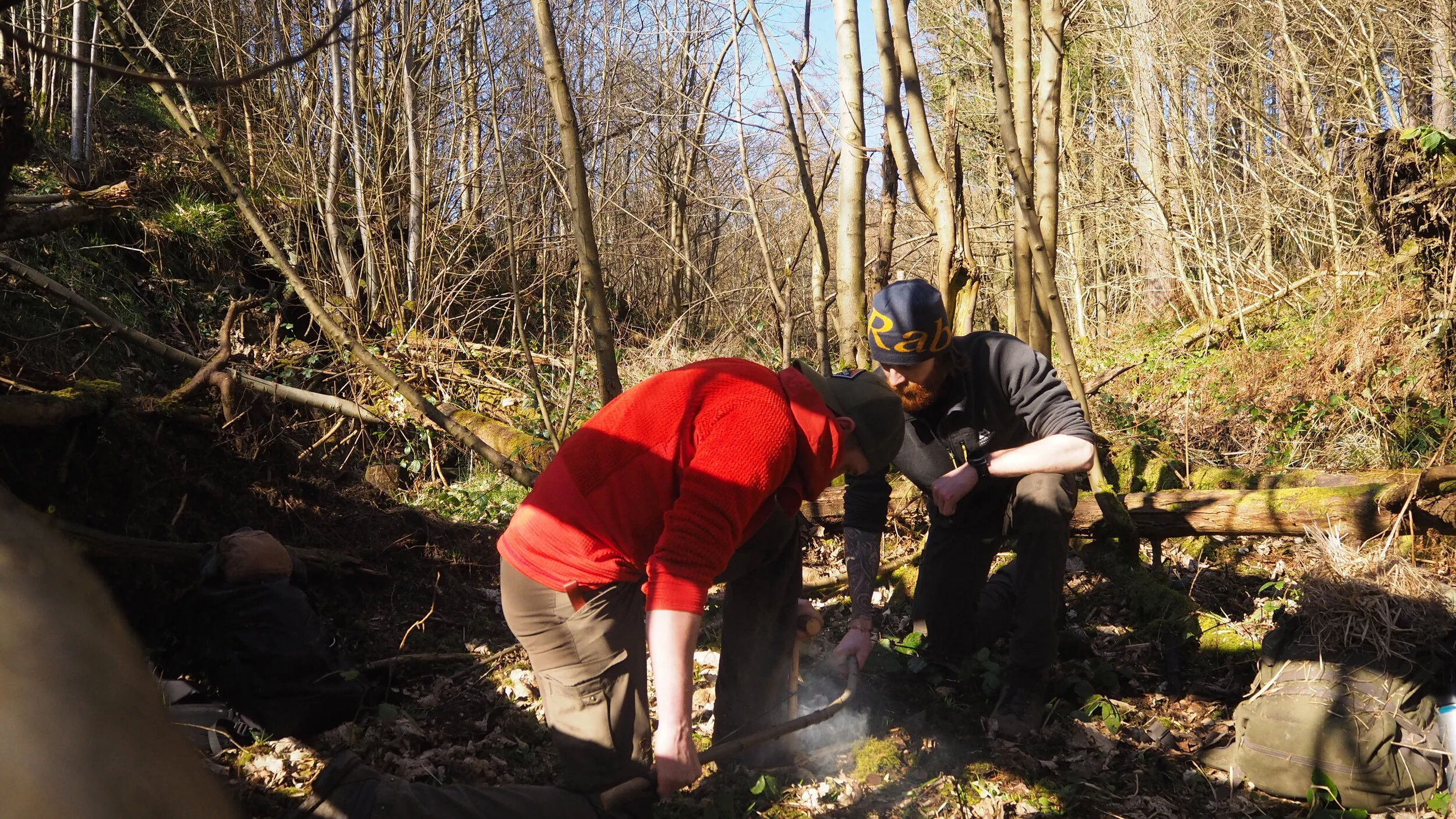


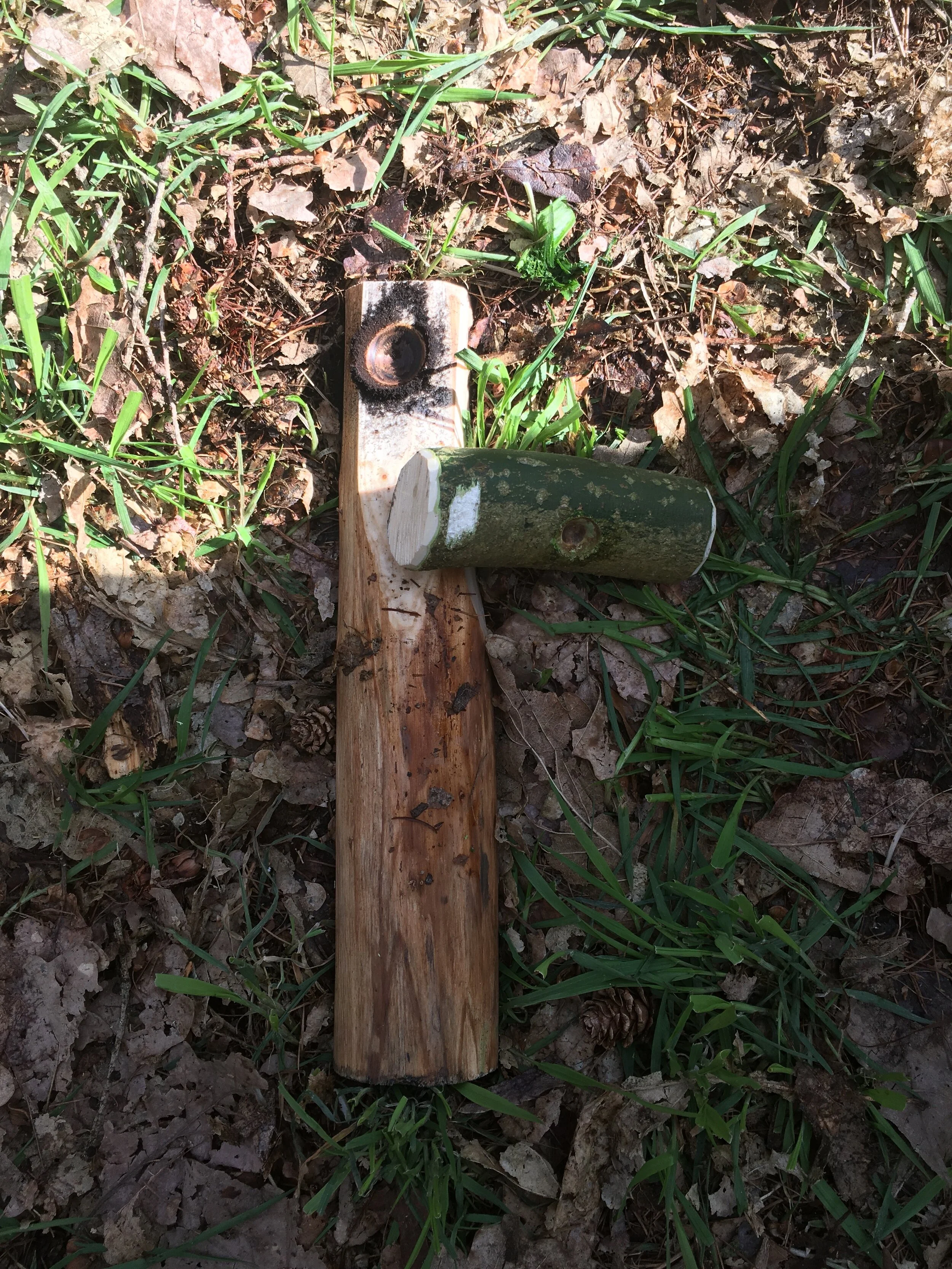
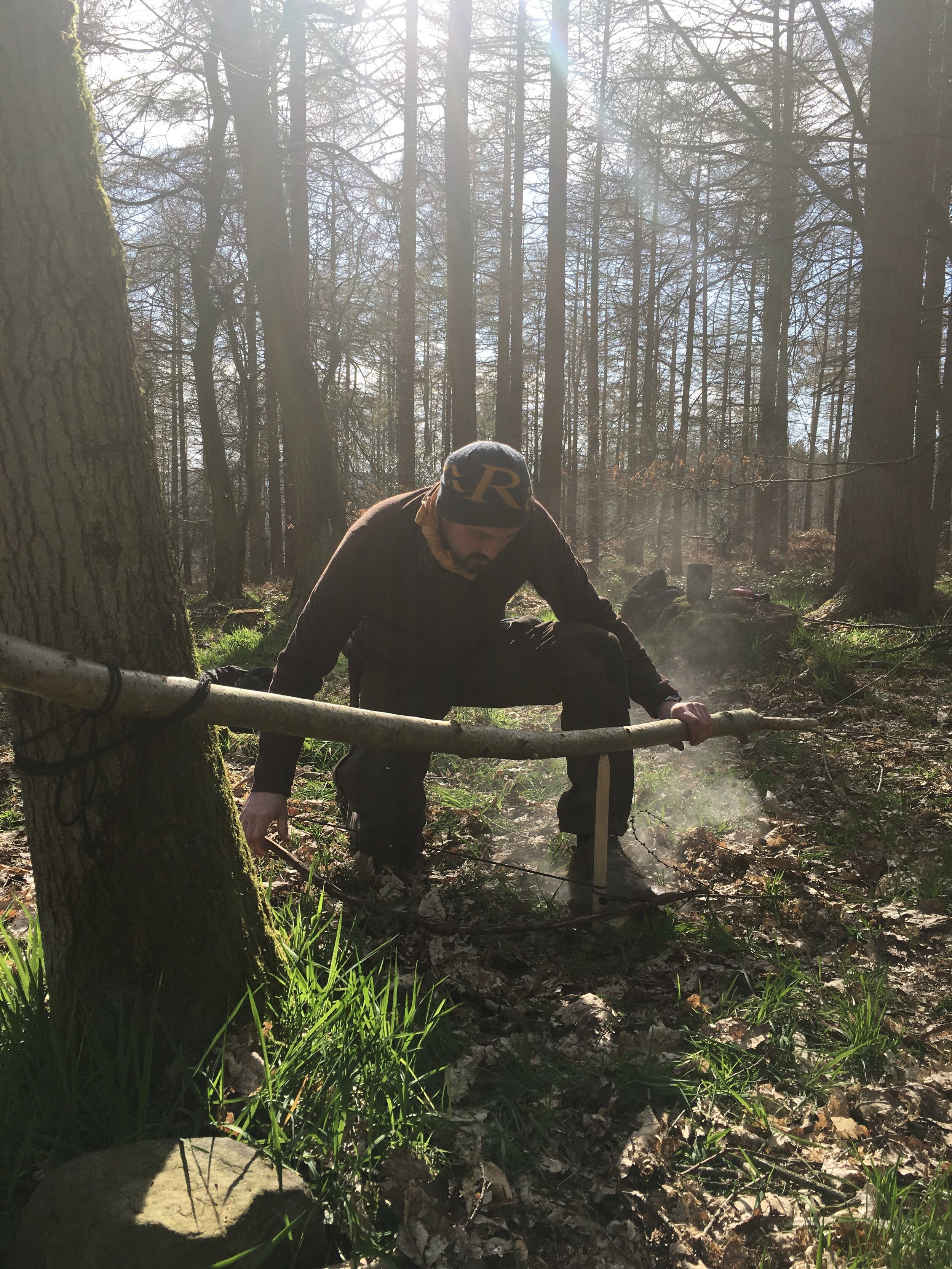
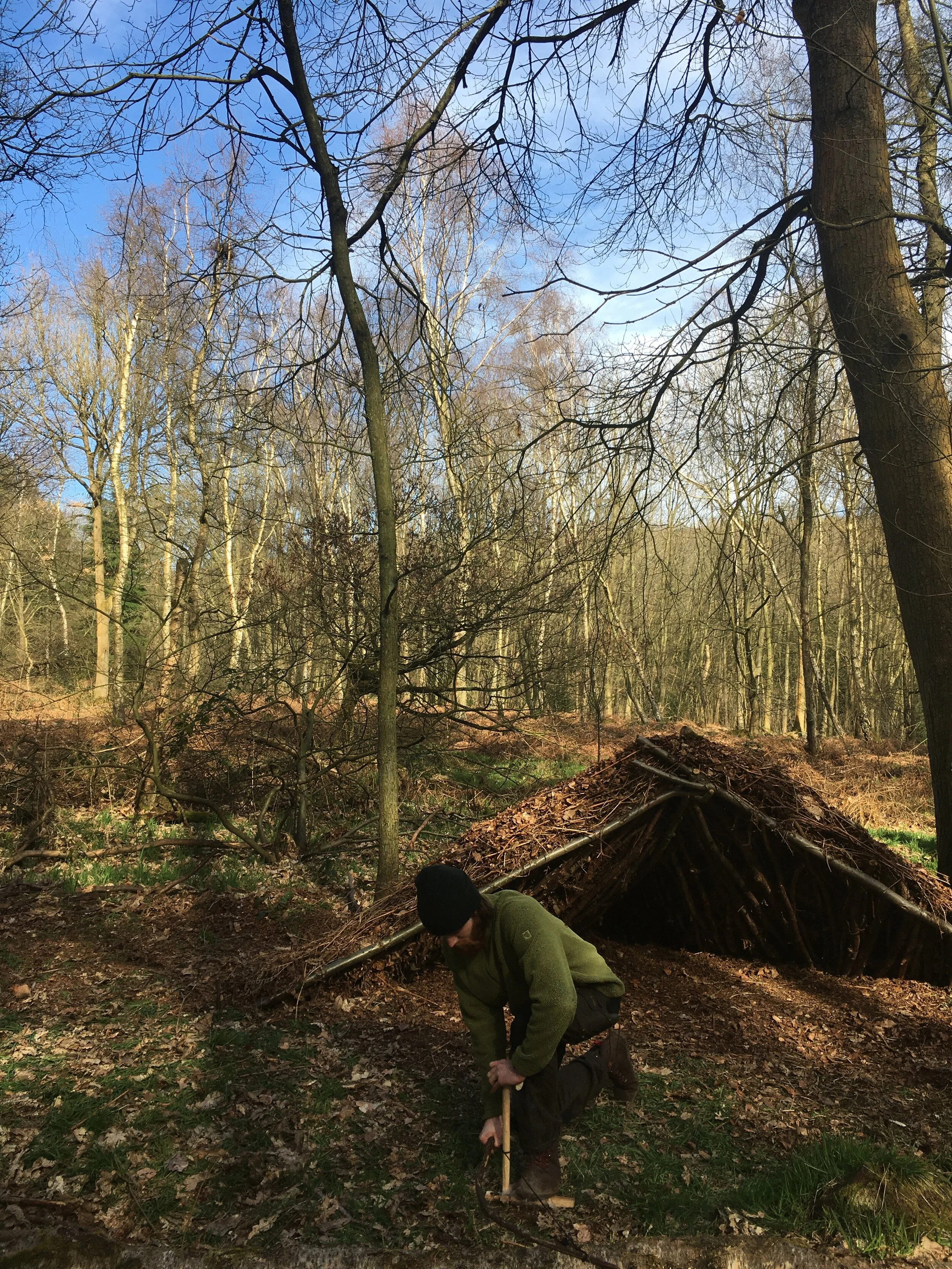


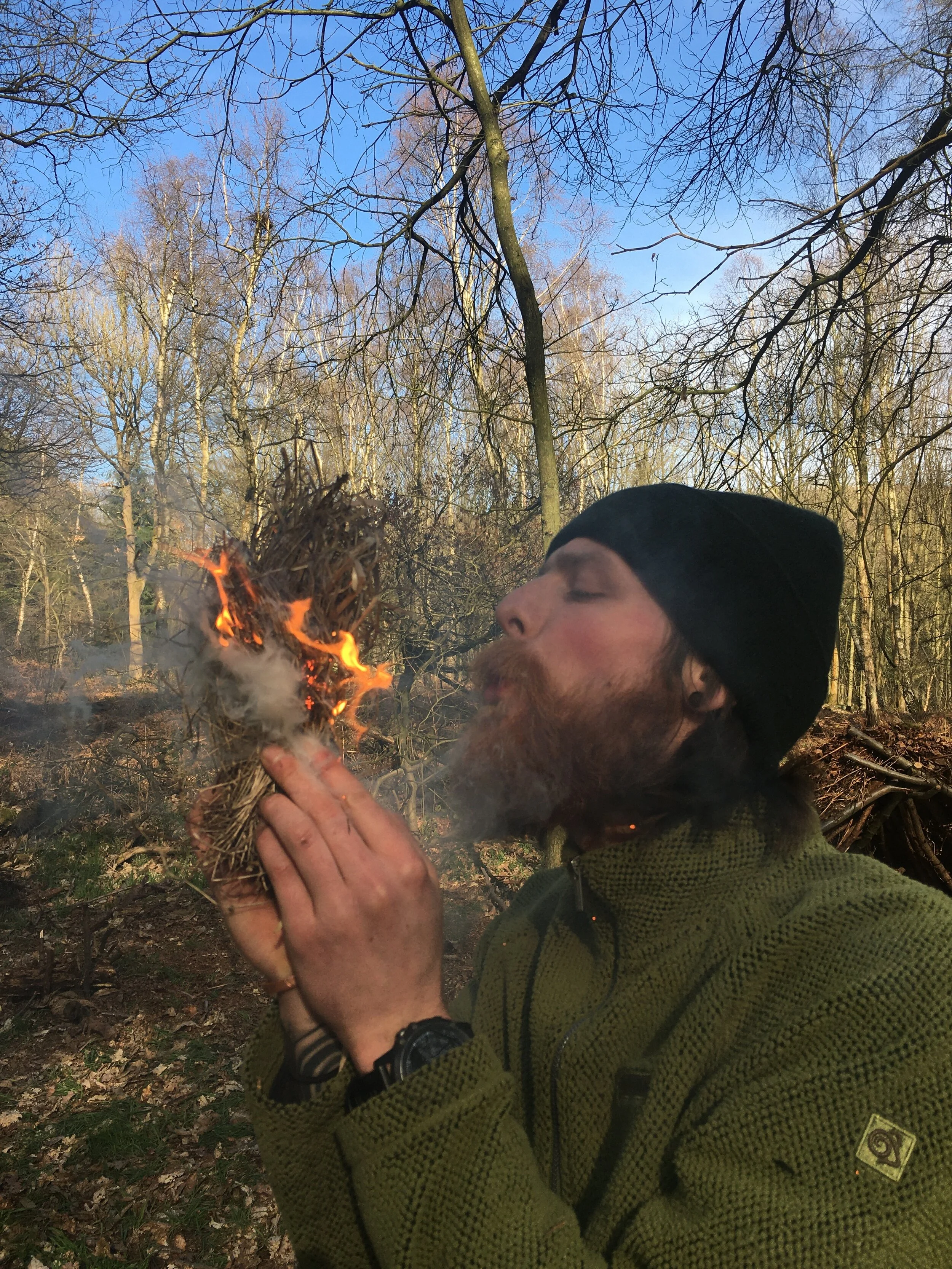


In this detailed bushcraft course I’ll give you all the tuition you need to be successful in making wildfire from natural materials. This one day course is a detailed experience of hands on work enabling you to make fire from scratch this way in the wild.